You are here
Museum of Tolerance
The Museum of Tolerance (MOT) is a human rights laboratory and educational center dedicated to challenging visitors to understand the Holocaust in both historic and contemporary contexts and confront all forms of prejudice and discrimination in our world today.The Holocaust
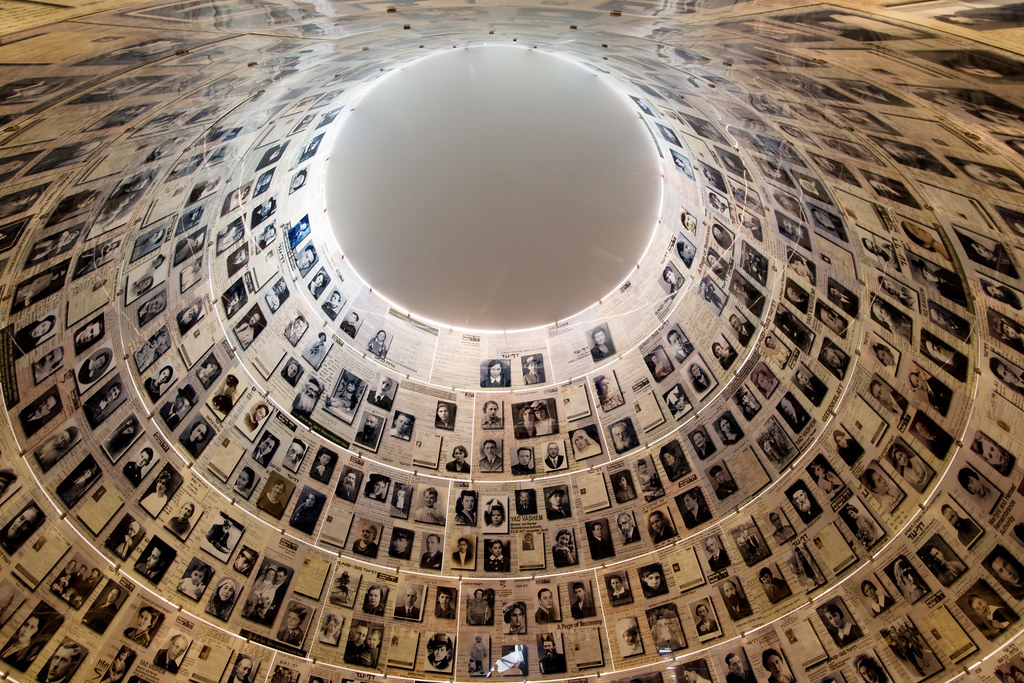
Hall of Names - Yad Vashem, Holocaust Memorial, Jerusalem
Complicity
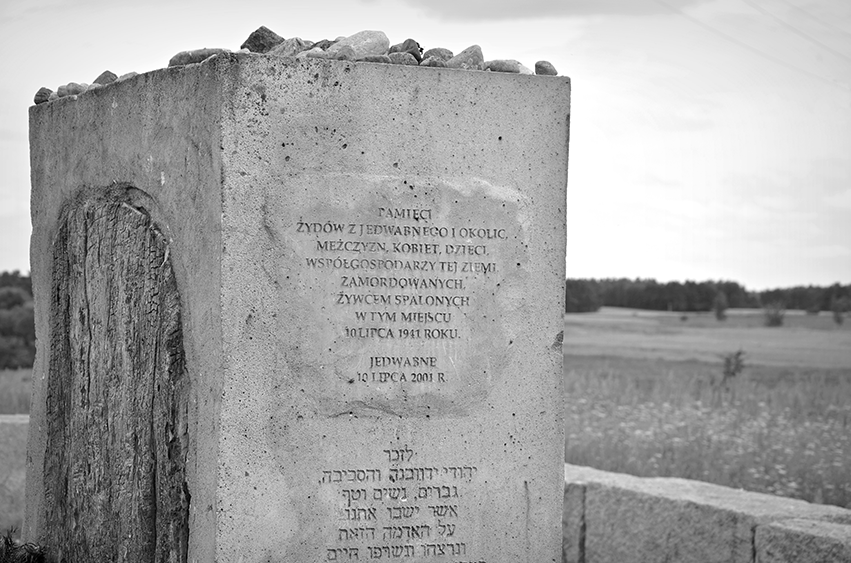
The Jedwabne pogrom was a massacre of Polish Jews in the town of Jedwabne, German-occupied Poland, on 10 July 1941. About 40 non-Jewish Poles carried out the crime. This image is the memorial marker.
Denial
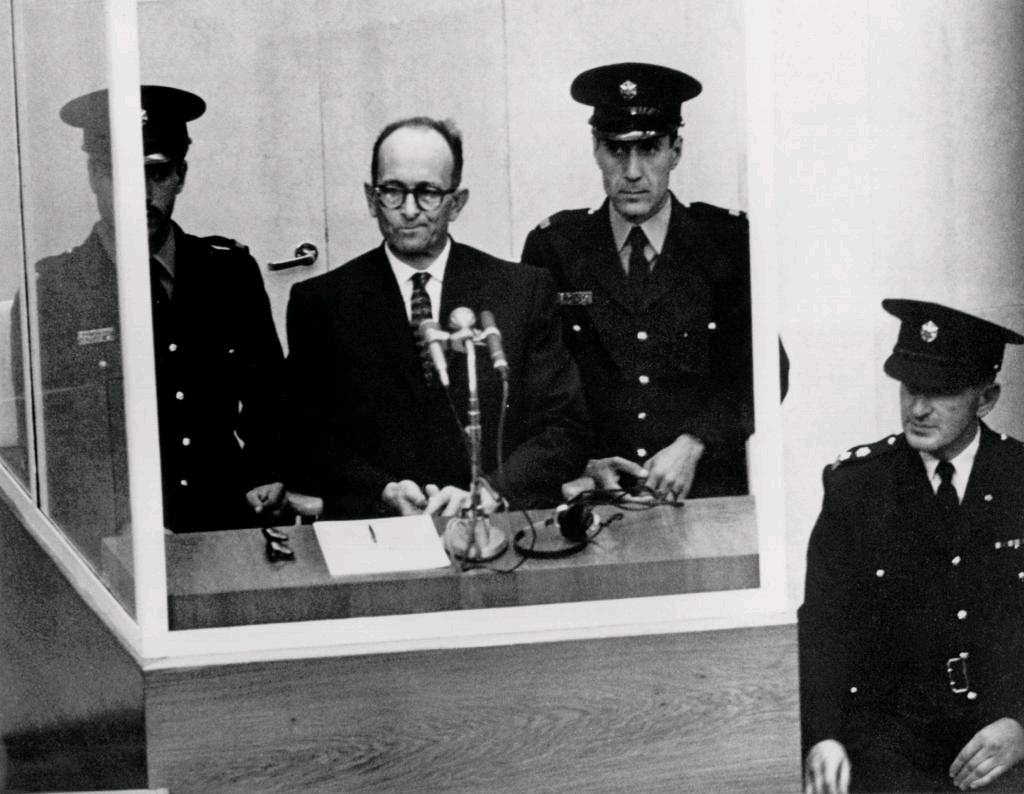
The trial of Nazi war criminal, Adolf Eichmann in Jerusalem where Arendt’s “Banality of Evil,” captured his denial of responsibility.
Human Rights
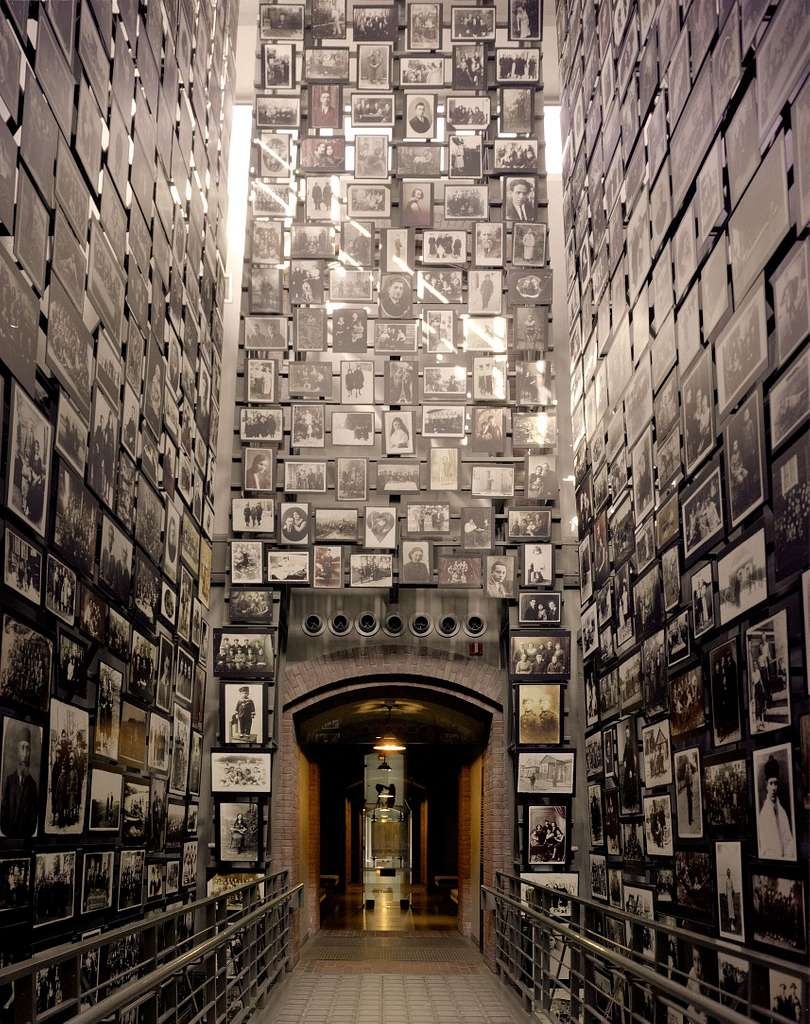
Wall of Remembrance at the USHMM
International Response
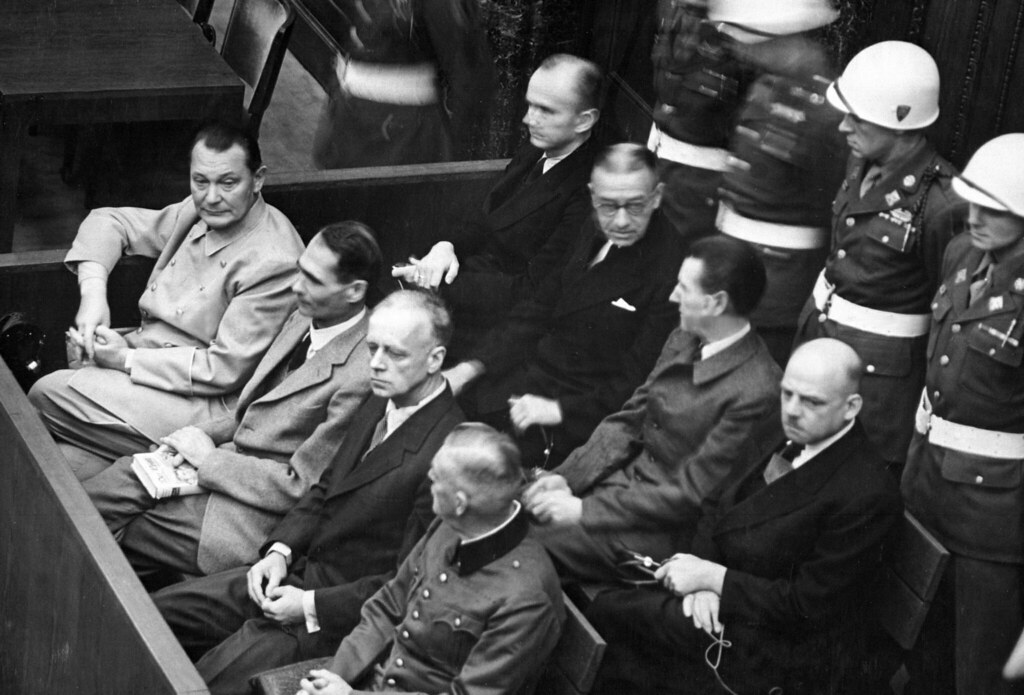
Accused perpetrators at the Nuremberg Trials.
Propaganda
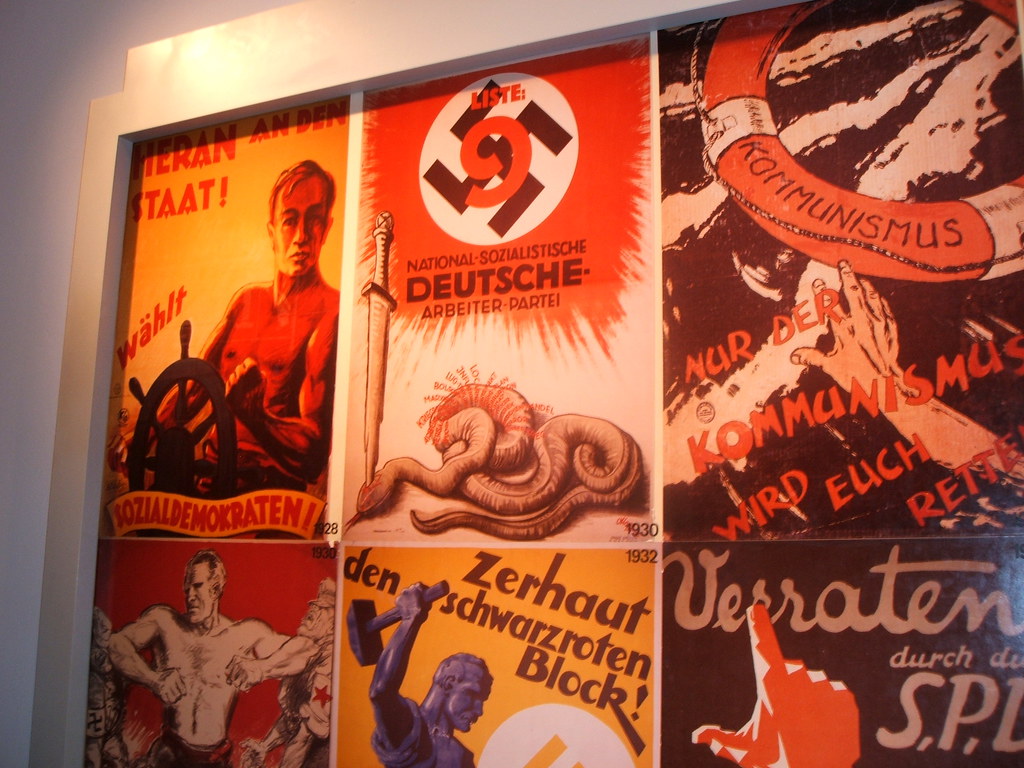
Examples of Nazi Propaganda from the 1930s.
Remembrance
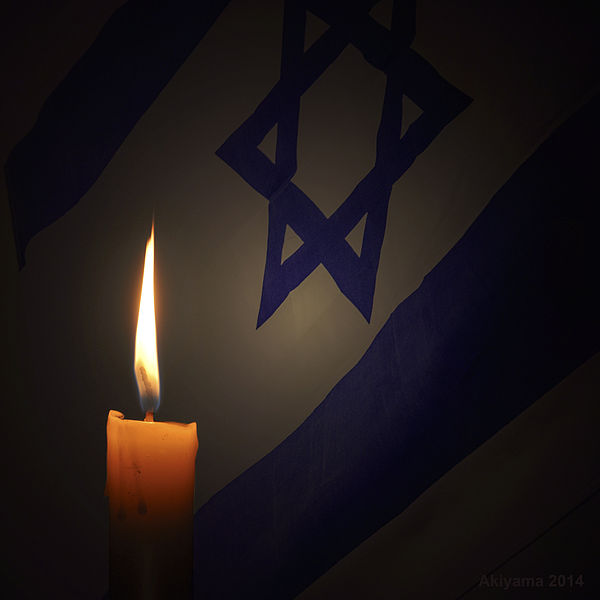
A Holocaust Remembrance Candle
Resistance
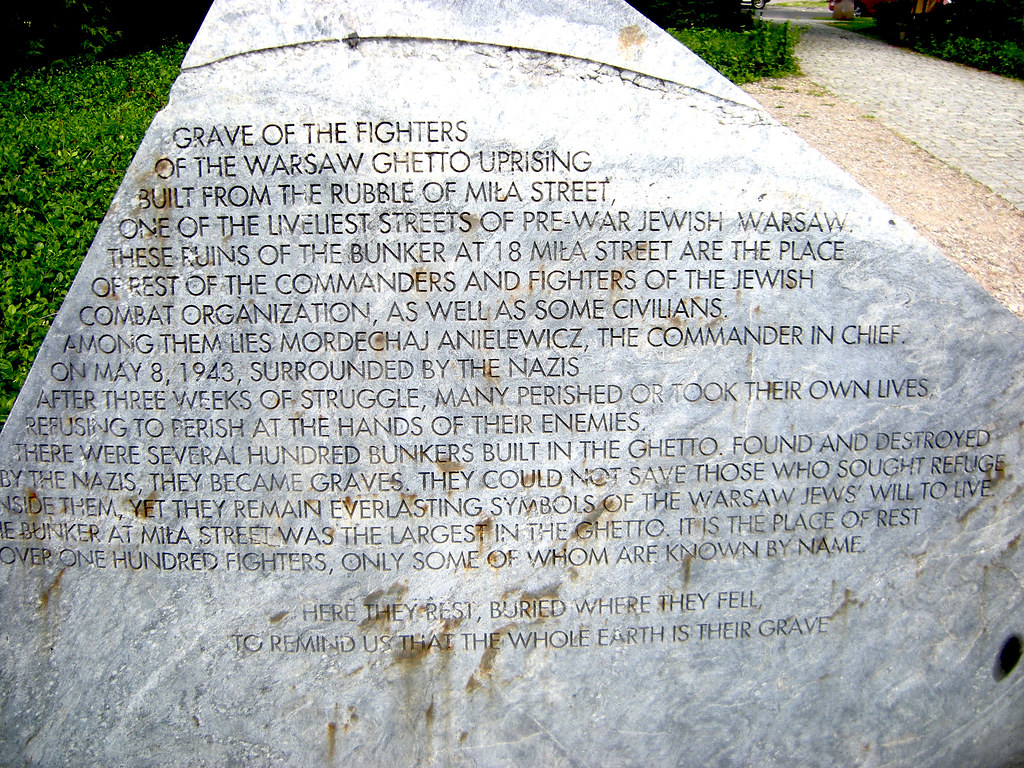
Memorial at the Mila Street bunker for the Warsaw Ghetto Uprising.
Survival
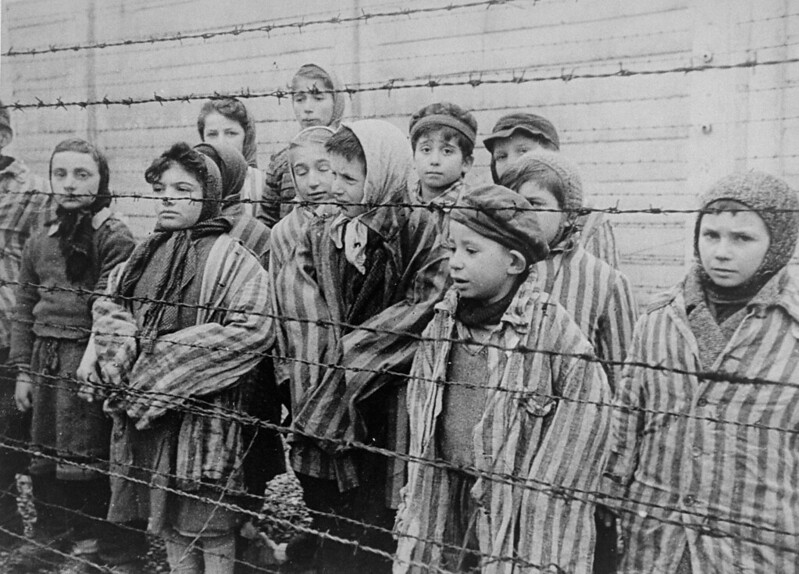
Child survivors of Auschwitz, wearing adult-size prisoner jackets, stand behind a barbed wire fence.
About this Resource:
Type(s) of Resources:
Primary Source(s):
Grade Level(s):
Audience(s):
Discipline(s):


Connect With Us





